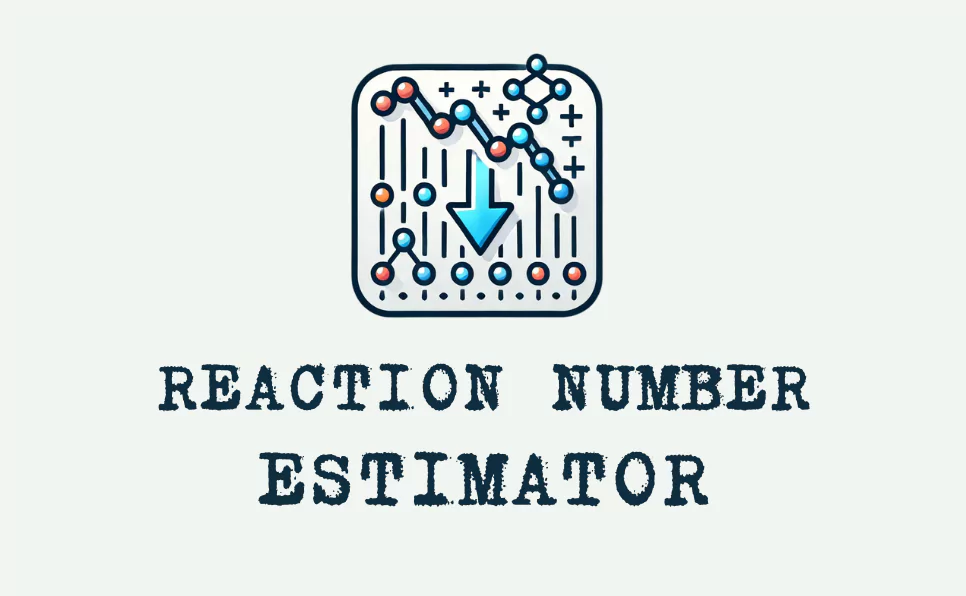Input your DNA/RNA sequence and this translation tool will provide you protein sequence in 6 possible frames.
DNA/RNA Translation Tool
Translate a DNA or RNA sequence into six different frames (three 5′ to 3′ and three 3′ to 5′).
The process of translation in molecular biology refers to the synthesis of proteins from messenger RNA (mRNA). This is a fundamental process in the cell’s function, translating genetic information stored in DNA into functional proteins. Understanding translation is crucial in various fields, including genetics, biotechnology, and medicine.
Key Concepts:
- DNA (Deoxyribonucleic Acid): DNA is the molecule that carries the genetic instructions used in the growth, development, functioning, and reproduction of all known living organisms and many viruses. It consists of two strands forming a double helix, held together by pairs of nucleotides: adenine (A), thymine (T), cytosine (C), and guanine (G).
- RNA (Ribonucleic Acid): RNA is a single-stranded molecule that plays various roles, including acting as a messenger carrying instructions from DNA for controlling the synthesis of proteins. In RNA, the nucleotide thymine (T) is replaced by uracil (U).
- Transcription: This is the first step of gene expression, where a segment of DNA is copied into RNA (specifically mRNA) by the enzyme RNA polymerase.
- Translation: This is the process by which a protein is synthesized from the mRNA template. The mRNA is read in sets of three nucleotides (codons), each of which corresponds to a specific amino acid.
- Codons: A codon is a sequence of three nucleotides that together form a unit of genetic code in a DNA or RNA molecule. For example, the DNA sequence ATG codes for the amino acid methionine, which often serves as the start signal for translation.
Translation Tool Overview
The DNA/RNA Translation Tool is designed to help users convert a DNA or RNA sequence into a protein sequence. It translates the input sequence into all six possible reading frames: three forward (5′ to 3′) and three reverse (3′ to 5′). This tool is invaluable for researchers and students to visualize how different reading frames can affect protein synthesis.
How the Tool Works:
- Input Sequence: Users can input either a DNA or RNA sequence into the tool. If an RNA sequence is entered, it is automatically converted to DNA by replacing uracil (U) with thymine (T).
- Translation Frames:
- Forward Frames: These are the reading frames in the 5′ to 3′ direction. There are three possible reading frames:
- Frame 1: Starts at the first nucleotide.
- Frame 2: Starts at the second nucleotide.
- Frame 3: Starts at the third nucleotide.
- Reverse Frames: These are the reading frames in the 3′ to 5′ direction, using the reverse complement of the input sequence. There are three possible reading frames:
- Frame 1: Starts at the first nucleotide of the reverse complement.
- Frame 2: Starts at the second nucleotide of the reverse complement.
- Frame 3: Starts at the third nucleotide of the reverse complement.
- Codon Table: The tool uses a standard codon table to translate each codon (three-nucleotide sequence) into its corresponding amino acid or stop signal.
- Displaying the Results: The tool highlights:
- Yellow: Leftover nucleotides that do not form a complete codon.
- Green: The start codon (usually ATG), indicating the beginning of translation.
- Red: Stop codons (e.g., TAA, TAG, TGA), indicating the end of translation.
- Additional Features:
- Show/Hide Nucleotides: Users can choose to display or hide the nucleotide sequences alongside the translated amino acids.
- Compact Mode: This mode reduces the spacing between amino acids for a more condensed view.
- Copy Function: Users can copy the translated sequences, including the frame labels, for use in other applications.
Using the Tool:
- Enter Sequence: Paste or type your DNA or RNA sequence into the input field.
- Select Strands: Choose whether to display forward, reverse, or both strands.
- Transform Sequence: Click the “Submit” button to perform the translation.
- View Results: The translated sequences will be displayed, showing all possible reading frames.
- Copy Results: Click the “Copy Sequence” button to copy the results to your clipboard.
Example:
Let’s say you enter the following DNA sequence:
ATGCGTCTACGATCAGTAAThe tool will translate this sequence into all six frames. For example, the forward frame 1 translation might look like this:
5' to 3' frame 1:
M-R-L-R-S-V-*This shows that the sequence starts with a methionine (Met), followed by other amino acids, and ends with a stop codon.
The DNA/RNA Translation Tool is a powerful resource for visualizing the translation process. By converting nucleotide sequences into protein sequences, it aids in understanding how genetic information is expressed and helps identify potential reading frames and coding regions. Whether you are a student learning about genetics or a researcher analyzing genetic data, this tool simplifies and enhances your translation tasks.

Dr. Sumeet is a seasoned geneticist turned wellness educator and successful financial blogger. GenesWellness.com, leverages his rich academic background and passion for sharing knowledge online to demystify the role of genetics in wellness. His work is globally published and he is quoted on top health platforms like Medical News Today, Healthline, MDLinx, Verywell Mind, NCOA, and more. Using his unique mix of genetics expertise and digital fluency, Dr. Sumeet inspires readers toward healthier, more informed lifestyles.




